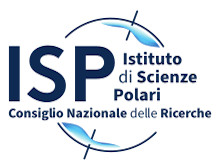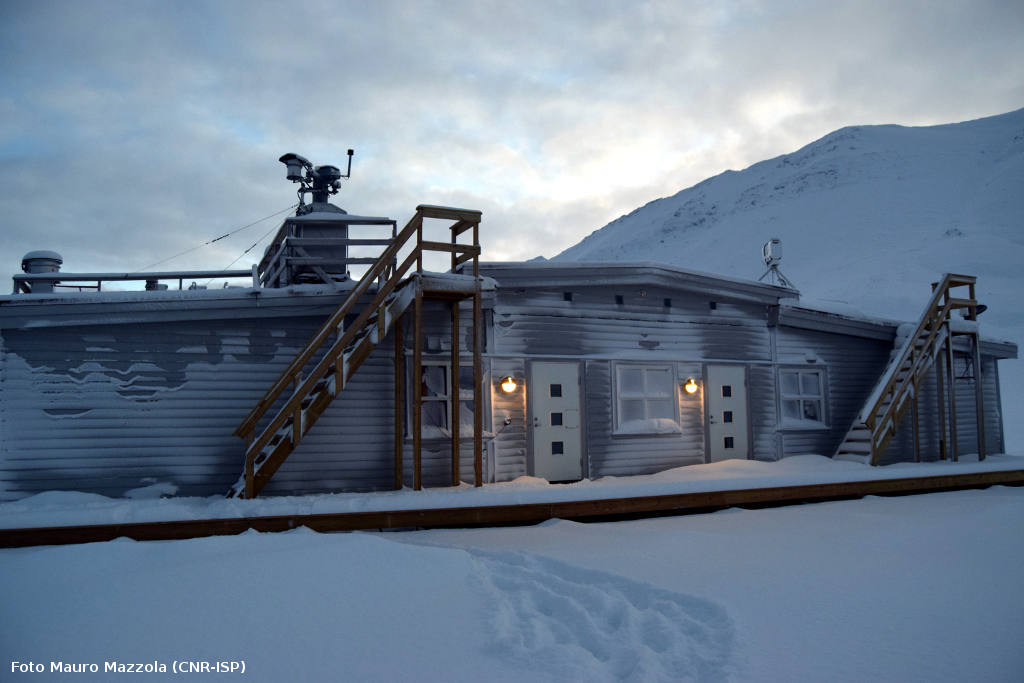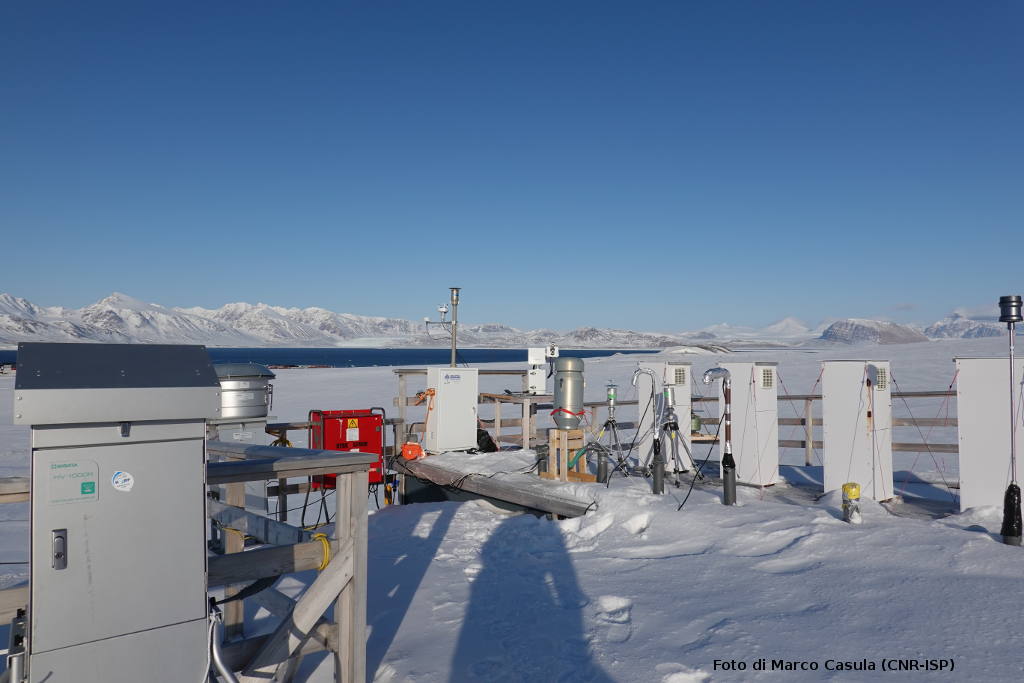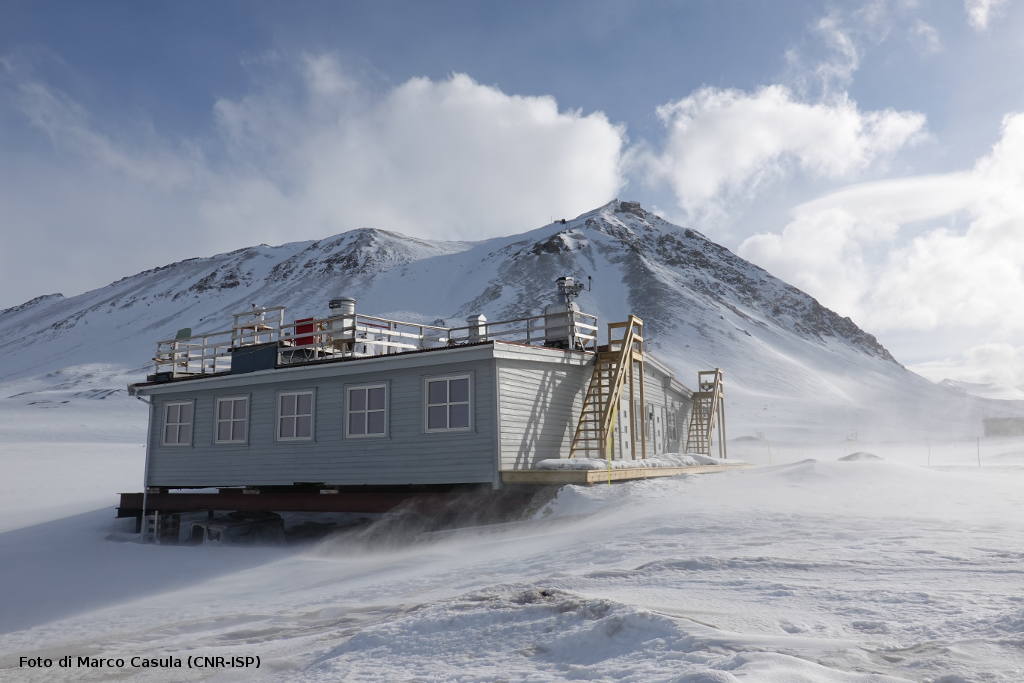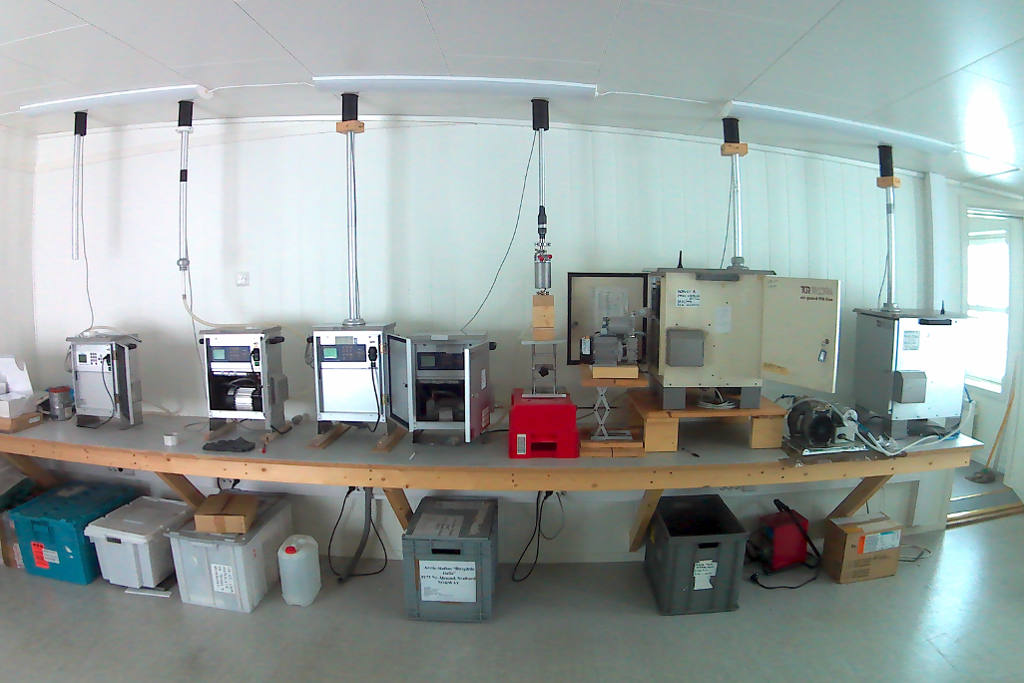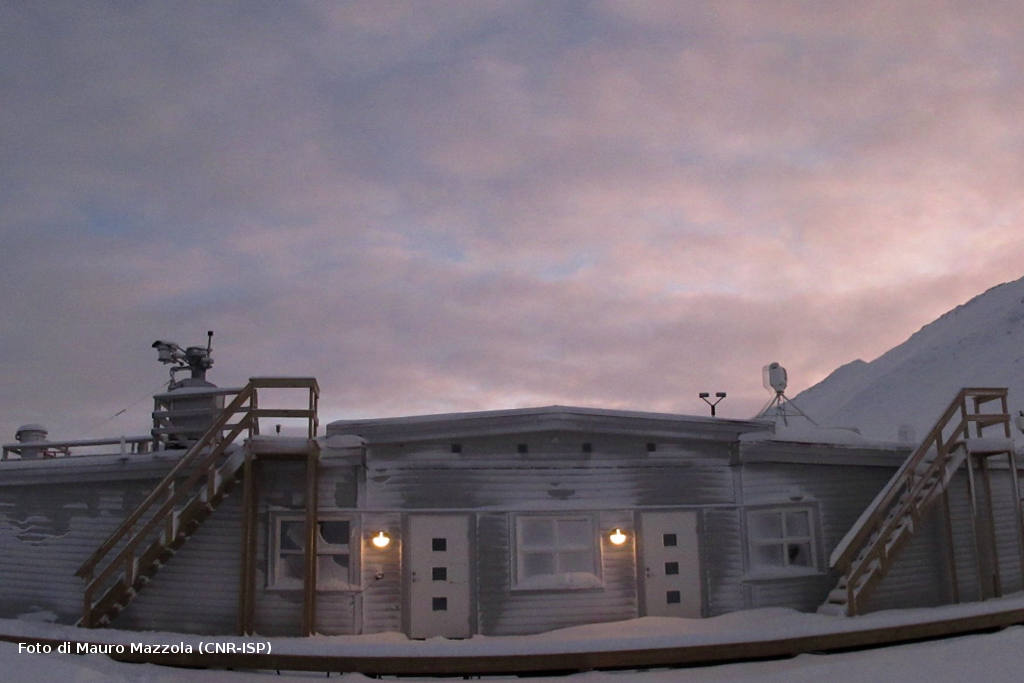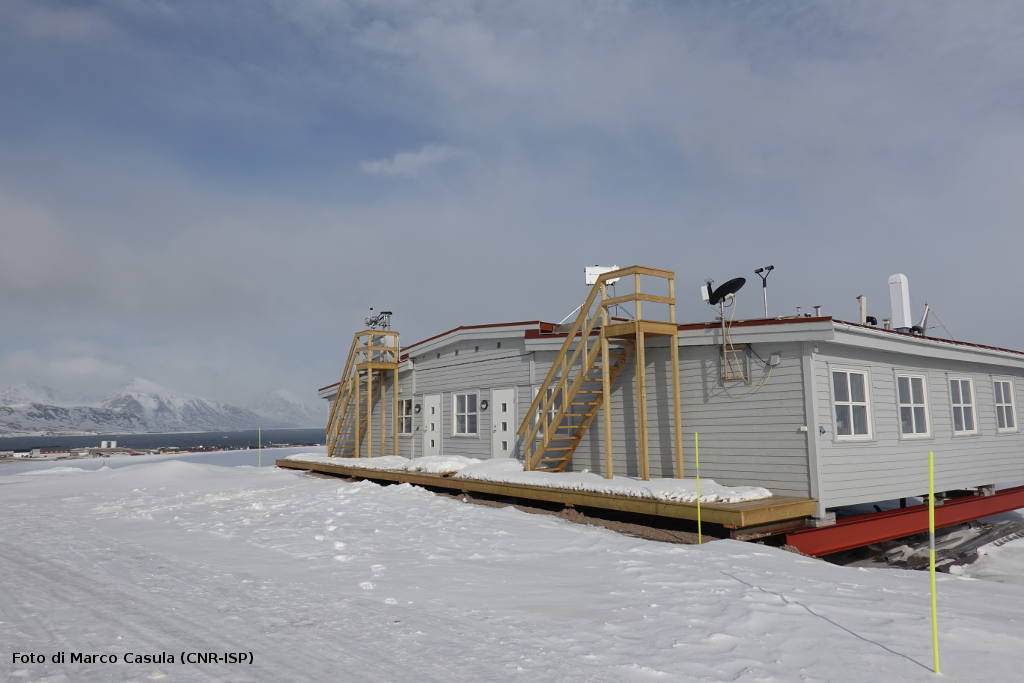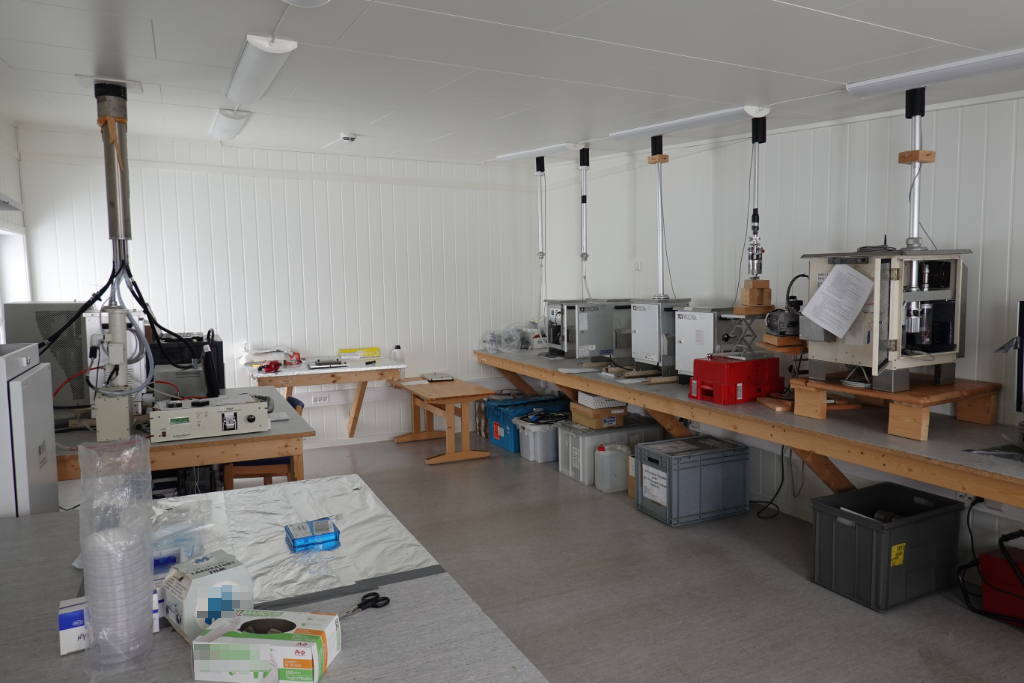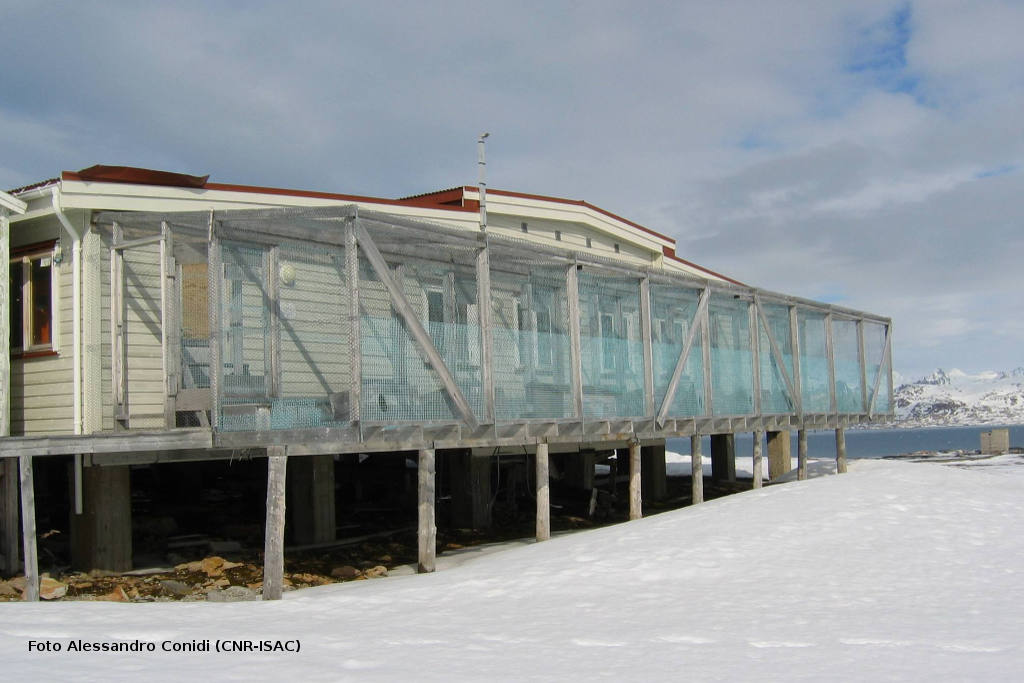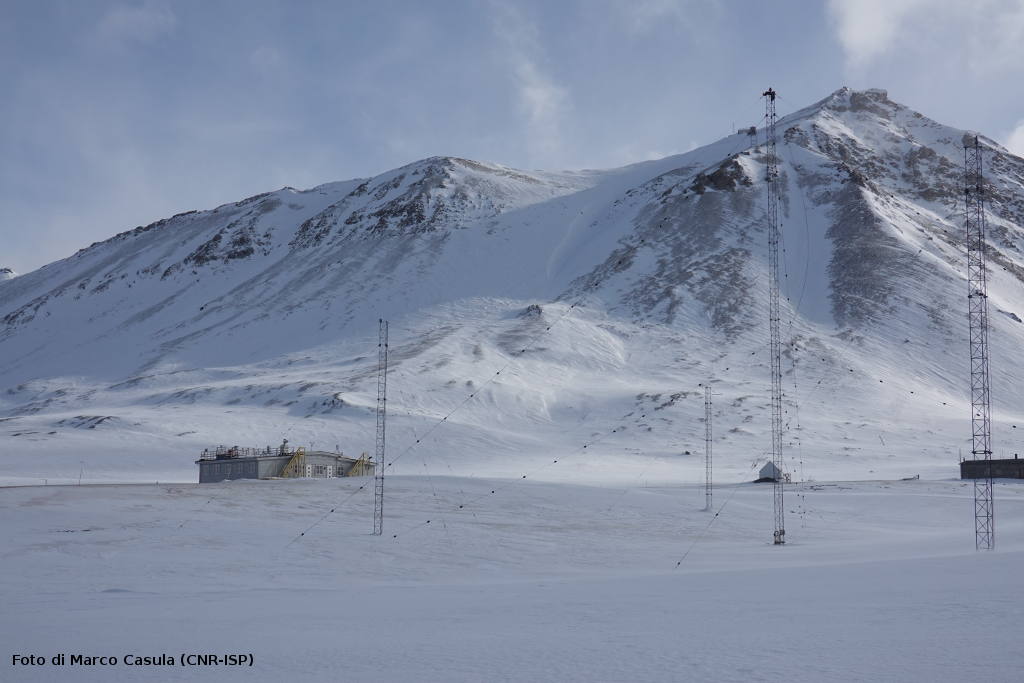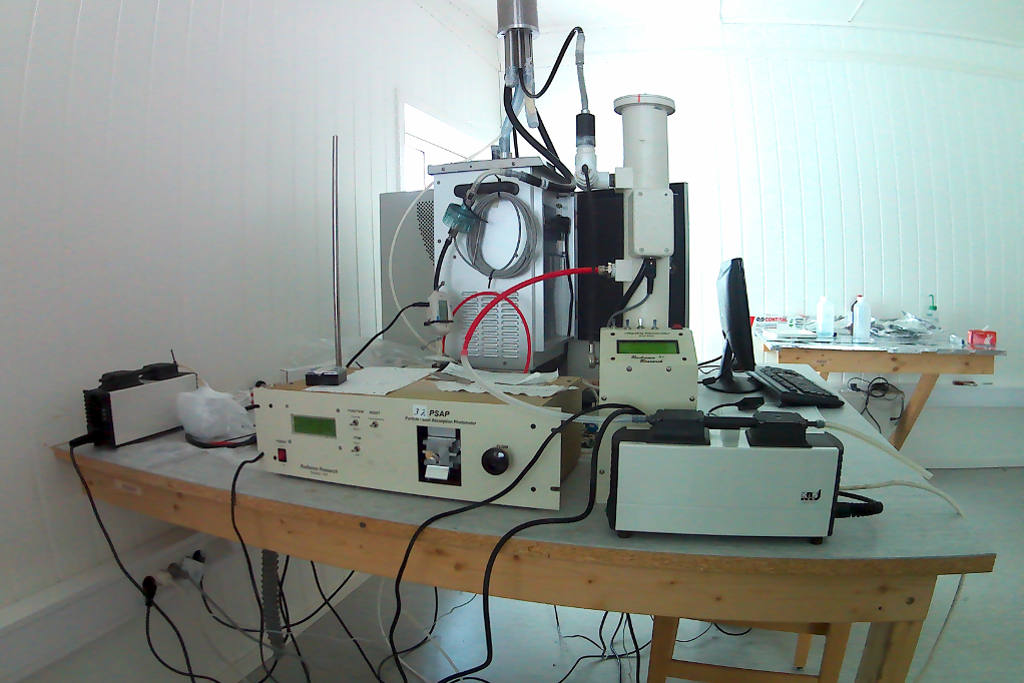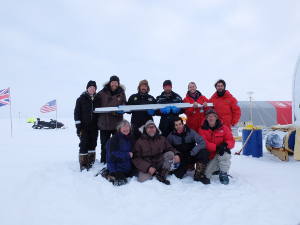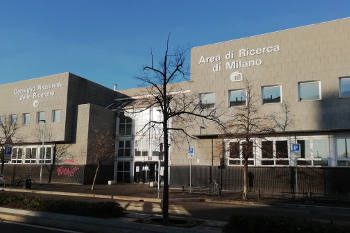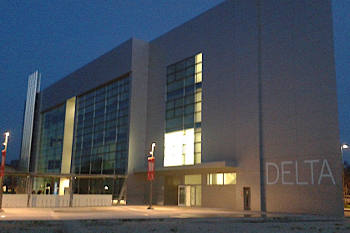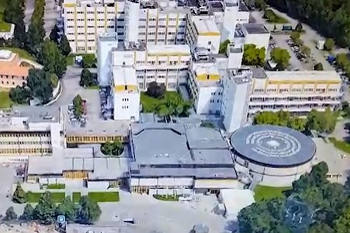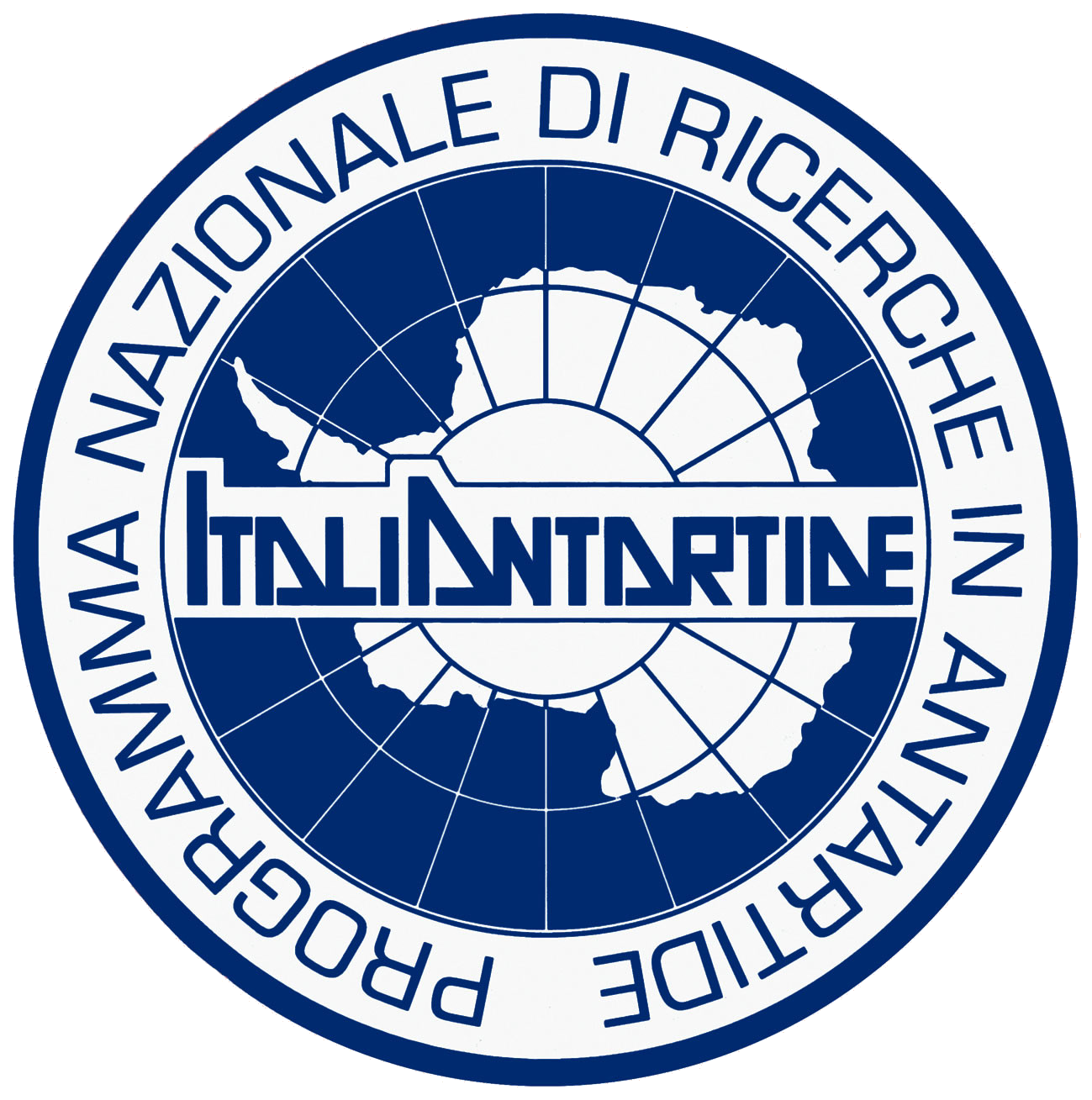Climate changes modulated the history of Arctic iodine during the Last Glacial Cycle
A new study, published in Nature Communications, reports for the first time the iodine variability of the Arctic atmosphere for the last 127,000 years. By investigating two Greenland ice cores, researchers found the highest and lowest iodine levels respectively during warm interglacial and cold glacial periods. The environmental roles of iodine in the polar atmosphere are important and multiple, from modulating the energy budget to affecting atmospheric chemistry cycles and new particle formation, but its long-term variability in the Arctic has been so far unknown.
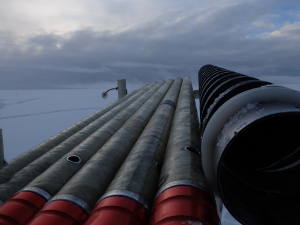 An international team of researchers led by the Spanish National Research Council (CSIC), and with the contribution of Ca’ Foscari University of Venice, the Italian National Research Council (CNR) and other organizations from Denmark, Germany, Australia and the United States, has developed a multidisciplinary research strategy to understand the composition of the Arctic atmosphere over past glacial and interglacial cycles and what the mechanisms controlled its evolution.
An international team of researchers led by the Spanish National Research Council (CSIC), and with the contribution of Ca’ Foscari University of Venice, the Italian National Research Council (CNR) and other organizations from Denmark, Germany, Australia and the United States, has developed a multidisciplinary research strategy to understand the composition of the Arctic atmosphere over past glacial and interglacial cycles and what the mechanisms controlled its evolution.
Climate changes modulated the history of Arctic iodine during the Last Glacial Cycle
A new study, published in Nature Communications, reports for the first time the iodine variability of the Arctic atmosphere for the last 127,000 years. Using two Greenland ice cores, the international team found the highest and lowest iodine levels recorded during interglacial and glacial periods, including the whole last cold period called the Last Glacial Cycle, and has developed a multidisciplinary research strategy to understand the composition of the Arctic atmosphere and what the mechanisms controlled its evolution.
The analysis of the halogens contained in the ice, together with the concentrations of other elements such as calcium or sodium, has revealed how the ocean is the great regulator of iodine in the Arctic atmosphere: the variability of this element is fundamentally controlled by the dynamics of the ice pack and by the biological productivity of the oceans. The concentration of this element can potentially influence climate and this study can help researchers to better constrain the future projections of iodine atmospheric concentrations in the Arctic.
DOI:10.1038/S41467-021-27642-5 (Niccolò Maffezzoli, Ca’ Foscari, and Andrea Spolaor, CNR-ISP) - READ MORE
Pan European High Resolution Snow & Ice Monitoring Product launch - 10 March 2022
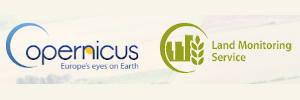 Mar 10, 2022 - from 09:00 AM to 05:00 PM Time zone: Copenhagen, Denmark - Online
Mar 10, 2022 - from 09:00 AM to 05:00 PM Time zone: Copenhagen, Denmark - Online
Since mid-2019 the Pan European Component of the Copernicus Land Monitoring Service (CLMS), coordinated by the European Environment Agency (EEA), has been implementing a set of High Resolution Pan European Biophysical Parameter products addressing the land cryosphere.
International Mountain Conference, September 11 – 15 2022 Innsbruck
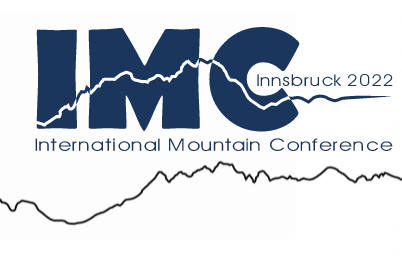 The IMC2022 will take place from September 11 – 15 2022 in Innsbruck, Austria. IMC2022 builds upon the previous mountain conferences and aims to continue this scientific conference series exclusively targeted towards mountain-research. Hosted in the Alps, IMC2022 provides an excellent opportunity for experts from different disciplines to discuss mountain-related issues in a cross-disciplinary setting with flexible session formats. The key goals of the conference are to synthesize and enhance our understanding of mountain systems, in particular their response and resilience to global change.
The IMC2022 will take place from September 11 – 15 2022 in Innsbruck, Austria. IMC2022 builds upon the previous mountain conferences and aims to continue this scientific conference series exclusively targeted towards mountain-research. Hosted in the Alps, IMC2022 provides an excellent opportunity for experts from different disciplines to discuss mountain-related issues in a cross-disciplinary setting with flexible session formats. The key goals of the conference are to synthesize and enhance our understanding of mountain systems, in particular their response and resilience to global change.
Abstract deadline submission 16 February 2022
GALLERY - EVENTS (2021)
Newsletter N.2 Dicembre/December 2021
• ISP-Newsletter n.2 Dicembre/December 2021 - (Ita - Eng)
In questo numero: Stefano Miserocchi (il Punto), Maurizio Azzaro (In primo piano), Mauro Mazzola (Qui Dirigibile Italia), Paolo Montagna e Marco Taviani (Ricerca in evidenza), il CdI (Il commento), Carlo Barbante (Cronache polari)
In this issue: Stefano Miserocchi (Overview), Maurizio Azzaro (Top Stories), Mauro Mazzola (Here Dirigibile Italia), Paolo Montagna and Marco Taviani (Research Highlights), Internal Advisory Board (The comment), Carlo Barbante (Polar chronicles)
Questo indirizzo email è protetto dagli spambots. È necessario abilitare JavaScript per vederlo. - Questo indirizzo email è protetto dagli spambots. È necessario abilitare JavaScript per vederlo.
Milano
Dove siamo: la Sede di Lavoro di Milano dell’Istituto di Scienze Polari è ubicata presso l’Area della Ricerca 3 Milano-Bicocca, Via Cozzi 53 - 20126 Milano. Mappa
Come raggiungerci:
- - in treno: stazione Greco-Pirelli
- - in auto: Dall'autostrada Torino-Venezia uscita "Milano - viale Zara" prendere la direzione Milano Centro. Dopo aver superato il cartello d'inizio del Comune di Milano, portarsi su viale Sarca, la prima via parallela a quella che state percorrendo sul lato sinistro. Proseguendo lungo Viale Sarca nella medesima direzione di marcia incontrerete l'Università Bicocca sulla vostra sinistra, dopo circa un chilometro.
- - in aereo: Aeroporto di Linate: prendere il bus 73 (direzione S. Babila M1) e scendere alla fermata Precotto. Poi prendere il tram n. 7 e scendere alla fermata Greco-Pirelli. Aeroporto di Malpensa: prendere il treno Malpensa Express. Dalla stazione di Cadorna prendere la linea M1 (direzione: Sesto 1° Maggio). Poi prendere il tram n. 7 e scendi a Greco Pirelli. Aeroporto di Orio: è possibile usufruire di un servizio di autobus per stazione Centrale e da qui prendere poi l'autobus urbano 87.
Securo Andrea
 Laureato in Geoscienze all'Università di Trieste. Attualmente dottorando in Scienze Polari presso l'Università Ca' Foscari nell'ambito del progetto Local Glaciers Sisimiut (LoGS).
Laureato in Geoscienze all'Università di Trieste. Attualmente dottorando in Scienze Polari presso l'Università Ca' Foscari nell'ambito del progetto Local Glaciers Sisimiut (LoGS).
La sua ricerca si focalizza sullo studio della criosfera polare e alpina in chiave climatica, paleoclimatica e geomorfologica, tramite il supporto di rilievi glaciologici tradizionali e telerilevamento.
Tesi di Laurea / Degree Theses
SESS report 2022: Call is open
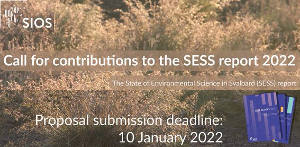 A new call SIOS to contribute to the state of environmental science in Svalbard (SESS) has been issued. SIOS seeks proposals for new and update chapters that highlight and contribute to the development of the Earth Observing System in and around Svalbard. Call was opened on the 1st of December and will close on 10th January 2022.
A new call SIOS to contribute to the state of environmental science in Svalbard (SESS) has been issued. SIOS seeks proposals for new and update chapters that highlight and contribute to the development of the Earth Observing System in and around Svalbard. Call was opened on the 1st of December and will close on 10th January 2022.
SIOS ha lanciato un nuovo bando per contribuire al SESS report. In particolare SIOS è alla ricera di proposte per nuovi capitoli e aggiornamenti dei capitoli precedenti che possano contribuire allo sviluppo del Sistema di osservazione della Terra nelle e intorno alle Svalbard. Il bando è stato aperto il 1 dicembre e si chiuderà il 14 gennaio 2022.
 Ministero dell'Universita e Ricerca
Ministero dell'Universita e Ricerca
Programma Ricerche Artico
Programma Nazionale di Ricerca in Antartide
 Ministero degli Affari Esteri e della Cooperazione Internazionale
Ministero degli Affari Esteri e della Cooperazione Internazionale
L'Italia e l’Artico
L’Italia e l’Antartide
CNR-ISP
Consiglio Nazionale delle Ricerche
Istituto di Scienze Polari
c/o Campus Scientifico - Università Ca' Foscari Venezia - Via Torino, 155 - 30172 VENEZIA MESTRE (VE)
Salvo diversa indicazione, il contenuto di questo sito è concesso in licenza : Attribuzione - Non commerciale - Condividi allo stesso modo 4.0 Internazionale (CC BY-NC-SA 4.0) 
Privacy policy e Cookie policy - Amministrazione trasparente CNR
